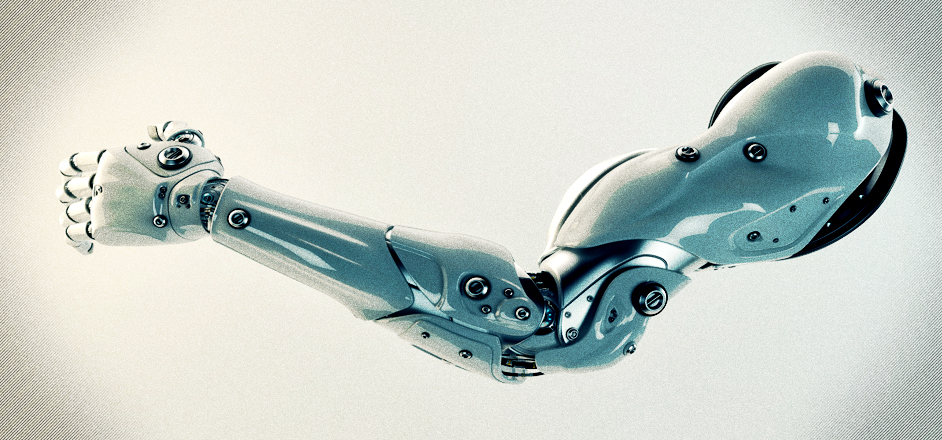It sounds like the beginning of a B level science fiction film: scientists, in a dark underground laboratory tinker with the laws of nature while trying to replicate the biological products of planet Earth. Using high voltage electricity, polymer sacks, and a little canola oil, their goal is to create futuristic, self-healing robotic muscle tissue.
The twist here is that it’s real, and happening in the foothills of Colorado right now.
Known as hydraulically amplified self-healing electrostatic (HASEL), the work being done at the University of Colorado Boulder was recently detailed in two different papers for the journals “Science,” and “Science Robotics.” In them, researchers describe three different designs for HASEL actuators, which are groundbreaking in the budding science of soft robotics.
Contrary to the clunky, clumsy robots portrayed in most of science fiction, these actuators are fluid, precise, lightweight, and even transparent when submerged. They are meant to mimic the capacity of biological muscles to perform a variety of tasks with delicacy, speed, and power.
Christoph Keplinger, the senior author of the research papers, described in a press release, “Just like biological muscle, HASEL actuators can reproduce the adaptability of an octopus arm, the speed of a hummingbird and the strength of an elephant.”
These are robotic muscles, capable of moving, squirming and repairing themselves just like humans’ do … and beyond.

The applications for this are limitless. When prosthetics can implement HASEL actuators, their versatility and range of function will increase on orders of magnitude. When household helper robots hit the market with HASEL tech, they will move fluidly, and have the ability to self-heal their own muscles should they be damaged electronically. And just imagine what wild applications the sex robot industry might come up with.
“The electrodes squeeze together and that pushes the liquid down into this region,” explains Eric Aecom, a graduate student working on HASEL as he displays a small translucent pouch filled with canola oil and wired with alternating electrodes. He squeezes the electrodes to make the “muscles” flex. “So, it goes from flat to cylindrical and when it does that, it contracts.”
One of the most appealing aspects of this new technology is its affordability: the polymer pouch that contains the canola oil is the same material used in potato chip bags. And the other materials required for the actuators are similarly all very cheap. The team estimates that these devices could be reproduced for a mere ten cents per unit.
“That’s the beauty of this type of muscle,” says Aecom. “It enables you to use all these different types of materials that are inexpensive. We don’t need to use fancy polymers, fancy rubbers, we can use just regular materials and make really awesome actuators.”
Keplinger’s team of eight researchers is made up of four graduate students and four undergrads. They’re an innovative crew of engineers from diverse backgrounds and areas of study.
But are they mad scientists engineering the evolution of Arnold Schwarzenegger-like ripped robots? Perhaps. They don’t seem to mind the label. But “mad” doesn’t necessarily imply “evil” either — their hearts are in the right places, and their intentions for this new technology are good. There’s no need to worry, no cause to panic about HASEL terminator exterminators showing up from the future to cleanse the planet of humanity.
Not yet, at least.










Leave a Reply
You must be logged in to post a comment.